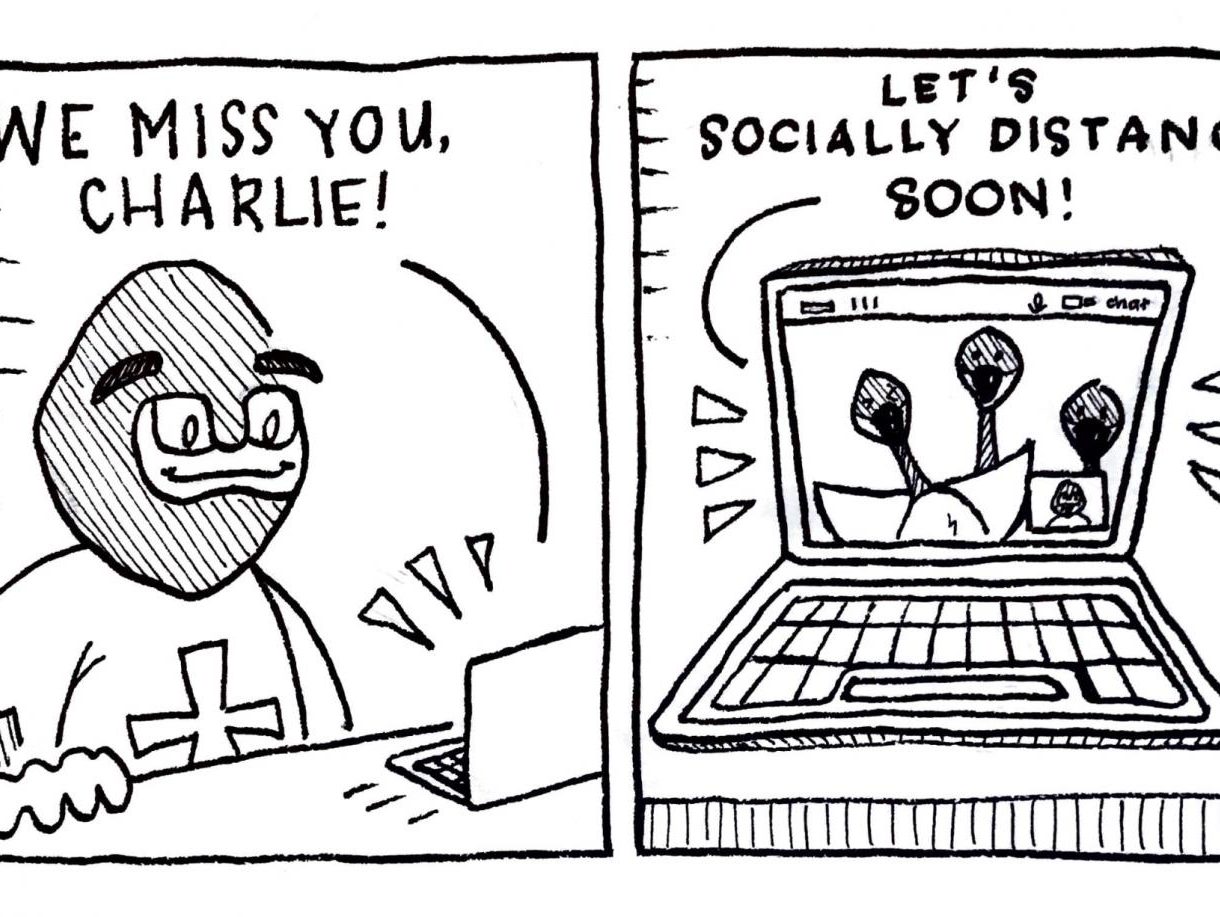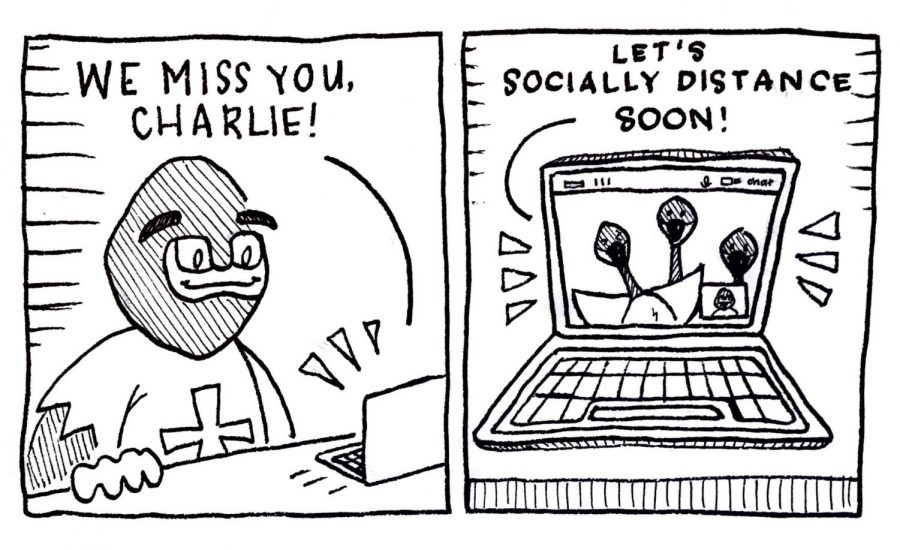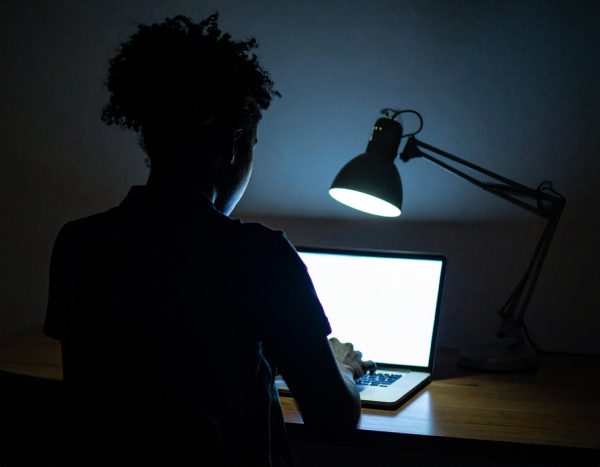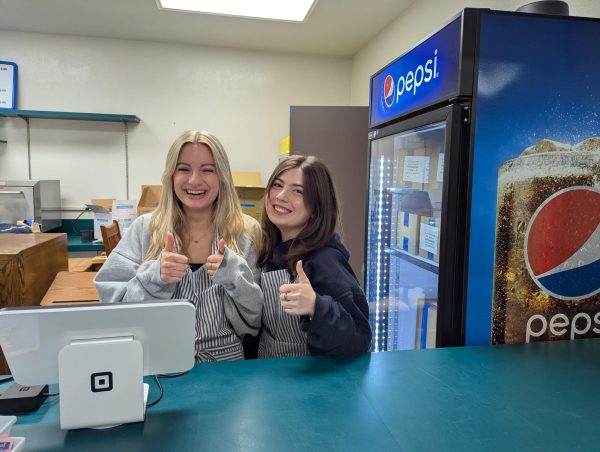Mental health challenges among students during quarantine
Charlie Crusader says hello to his geese friends over Zoom.

Mental health decreases amongst high school students during quarantine
By Steele Clevenger
Editor and Creative DIrector
It’s no surprise that COVID-19 has hindered people—with no exception for age, race, gender, socioeconomic status, or location in the world—from day to day interaction with one another. For students at Jesuit High School, they are spending some of the most formative years of their lives cooped up in their homes, missing out on the social connection required for the mental well-being of teenagers.
“Kids are struggling a lot more not being able to hang out with their friends, not being able to be on campus, not being able to go outside the house. It didn’t have as much to do with school. It more so had to do with the social aspect [of their day],” said Jesuit High School counselor Jason Barry.
Additionally, Barry noticed that social distancing is difficult, since teens are at an emotionally-driven stage in their lives.
Said Barry, “Teenagers struggle with [social distancing] because their first instinct is to hug and to touch. Look how many kids are shoulder to shoulder, arm in arm, in the hallways or at Mass. They want physical contact with their friends. When you put five kids next to each other and tell them “don’t touch,” it’s hard.”
Teenagers aren’t the only ones having a hard time adjusting to the all-virtual school setting. For health teacher and Mental Health Awareness Club moderator Liz Kaempf, “For the first week, I went into school because I thought it would make the kids feel more like they were at school, but it just made me sad because I missed the students.”
Kaempf pointed out that while it is difficult for her to have relationships with the students, it is even more difficult for the students to have relationships with one another.
“The hardest part is not being able to interact in person with students and with colleagues. The kids give me energy, but I miss that face-to-face interaction with them because they get me excited for the day. Now, trying to develop relationships with students that you are just meeting for the first time on a screen is super hard,” said Kaempf.
Amidst the decrease in mental health, one Jesuit student not only noticed the disconnection and loneliness the Jesuit community is facing, but created a solution to ease those feelings.
Junior Jenny Duan, leader and creator of Jesuit’s Mental Health Awareness Club, recognized anxiety and stress amongst her peers, and has come up with effective ways to correspond with club members and focus on improving their mental well-being.
Duan said, “We try to facilitate conversations in our club and through social media. The other part of our club is focused on self-care. We play games together, we do short meditations, and we provide ideas for practicing self-care at home.”
What are some ways students can improve their mental health right now? Duan suggests focusing on what is most meaningful.
“Take a larger outlook on things. It’s easy to focus on a test or something, but we need to remember there’s more to life than that,” said Duan.
Kaempf encourages students to set a schedule.“Establish some type of normalcy in your day. Get outside, even if you just sit outside. Reach out to people. I challenged some of my students to text some of their friends and meet for a Zoom lunch,” said Kaempf.
Both Barry and Kaempf suggest ways to physically distance safely. They propose teenagers get outside and meet up with friends while wearing masks and remaining six feet apart.
“We want kids to be interacting. We had a lot of kids playing video games where you put on a headset and talk to your friends.” Barry said. “Some kids talk back and forth through social media—anything that we can encourage kids to do in a safe social distancing manner.”














